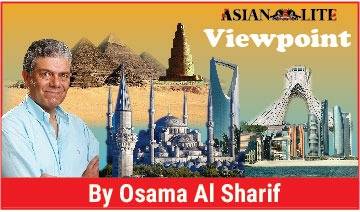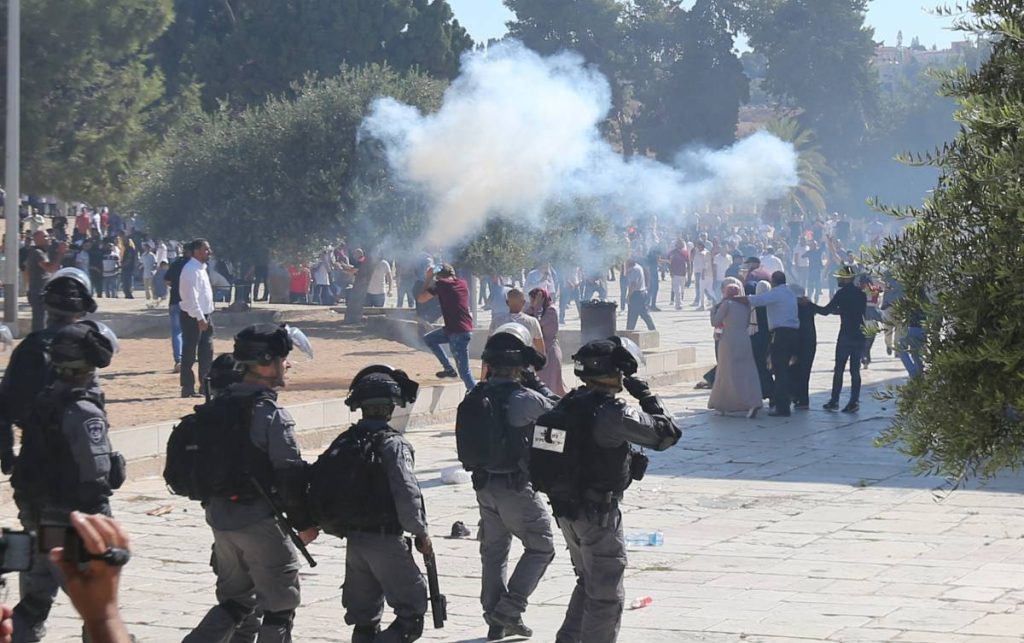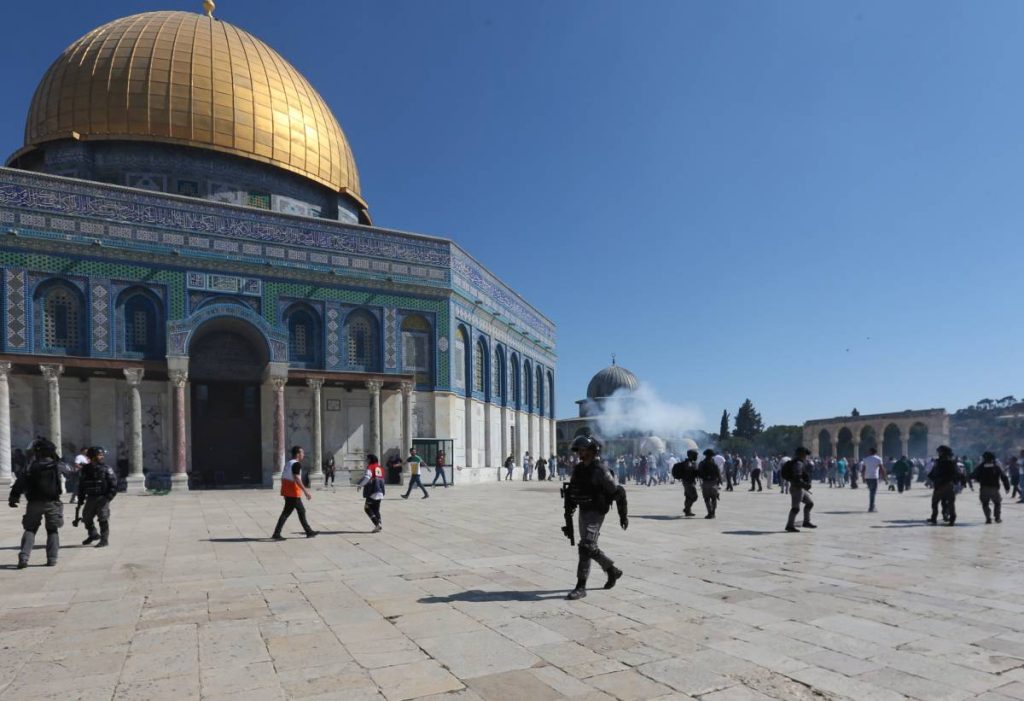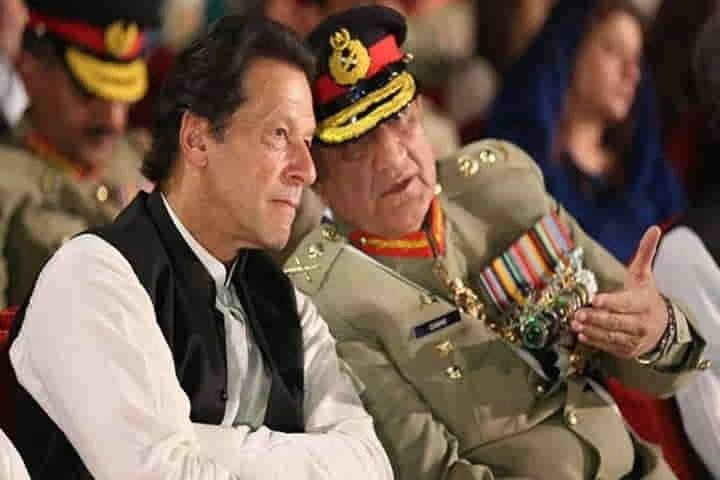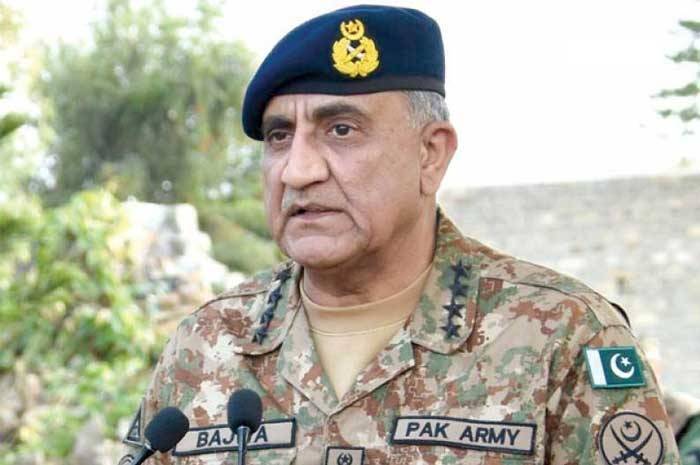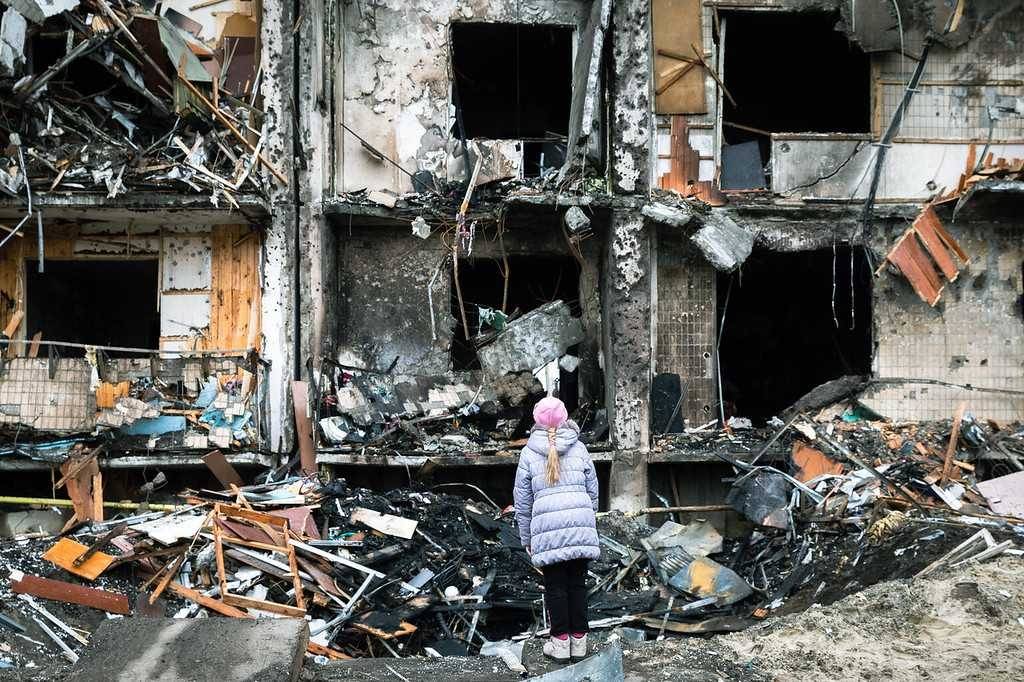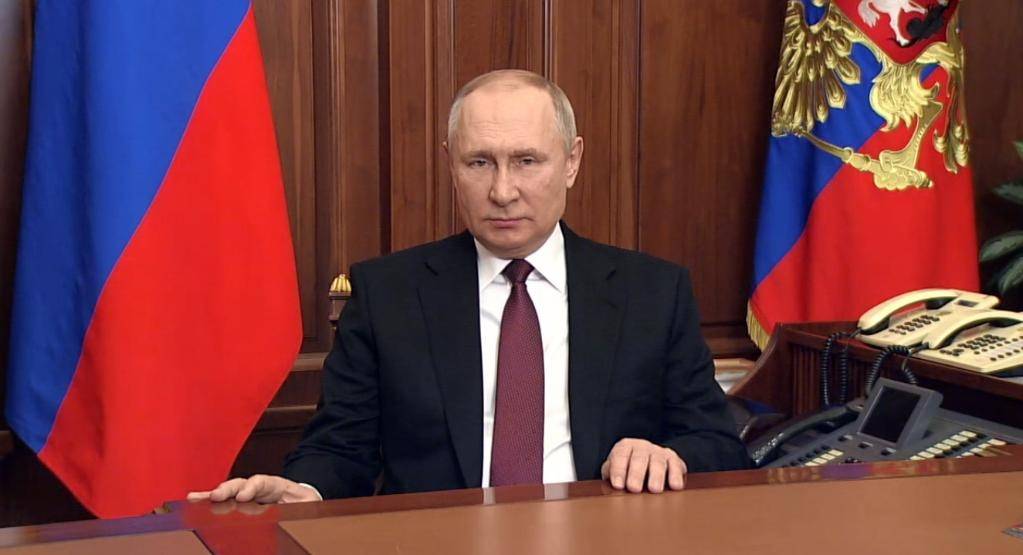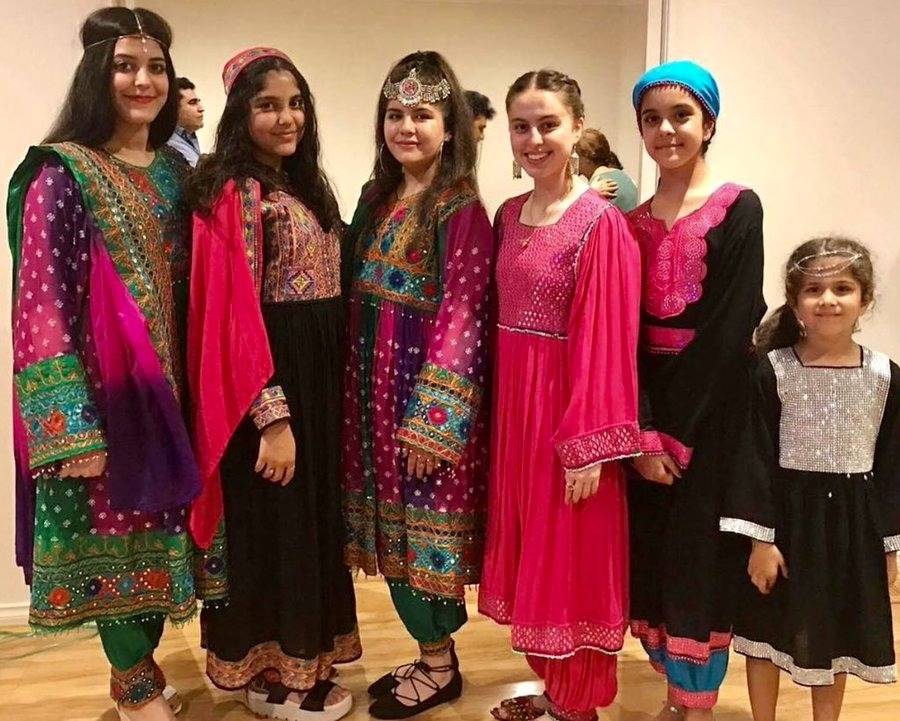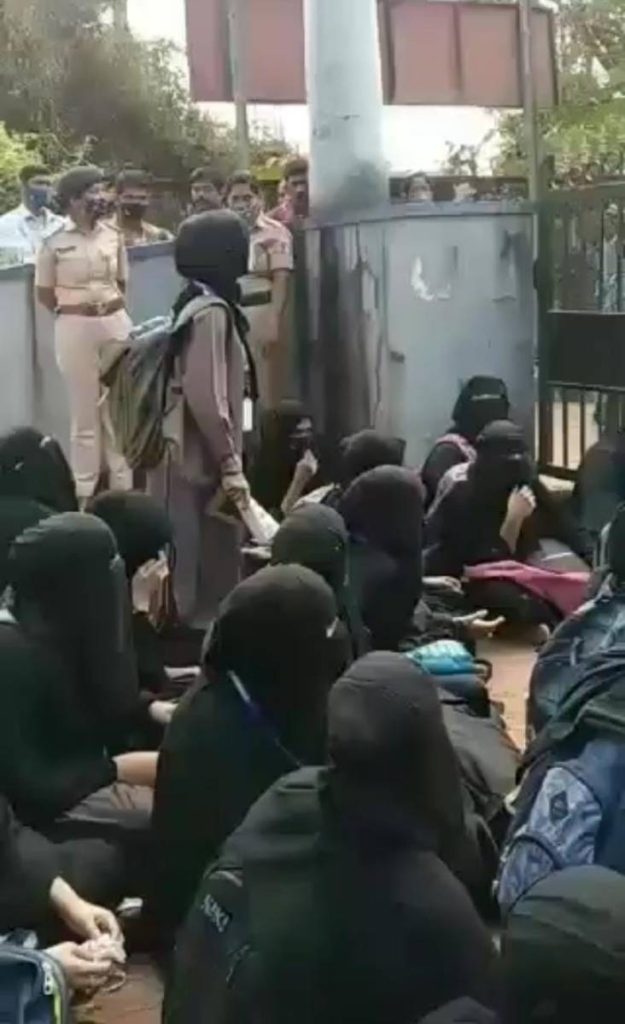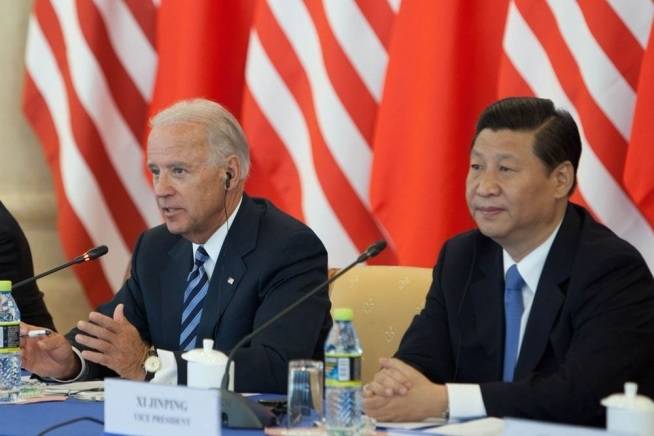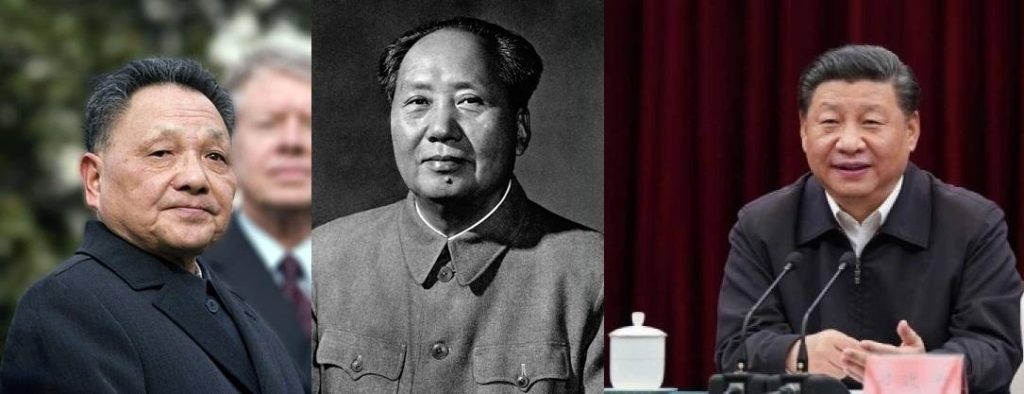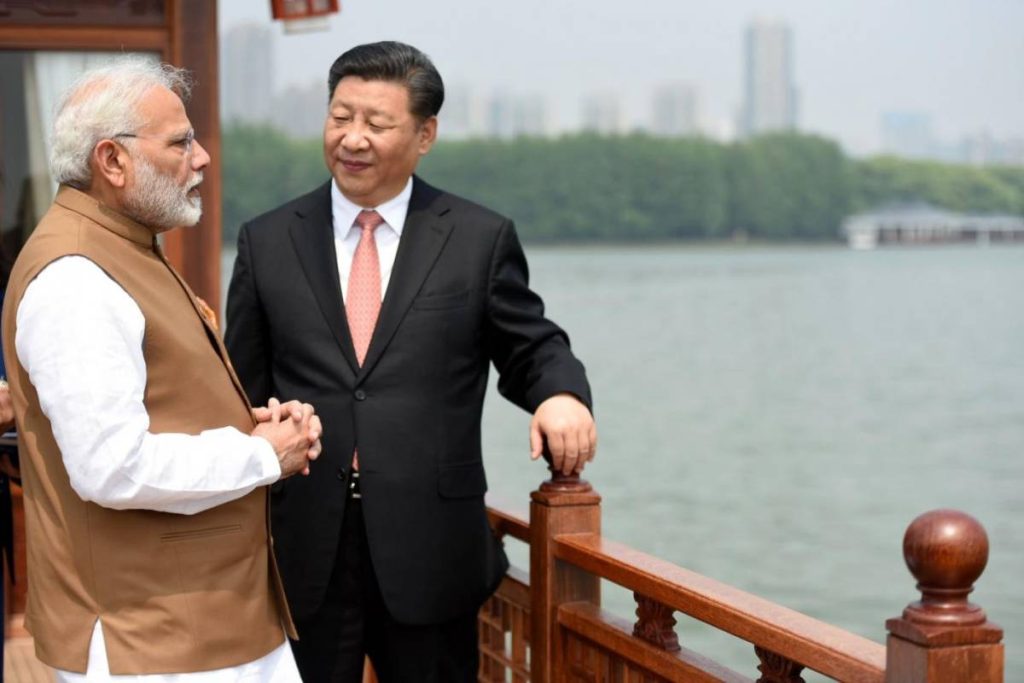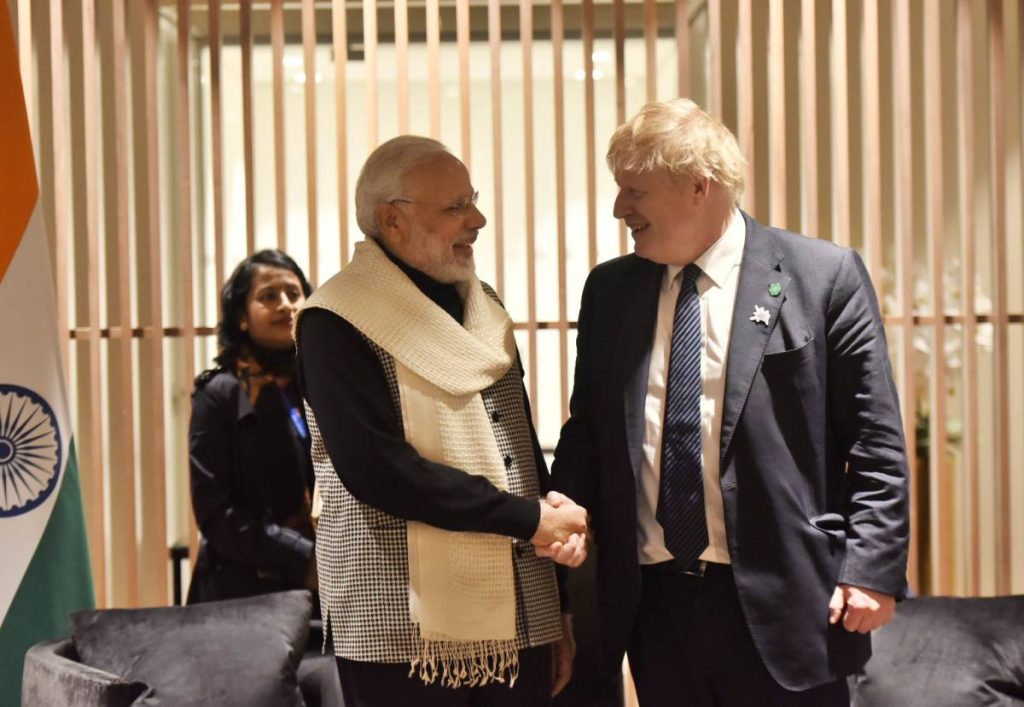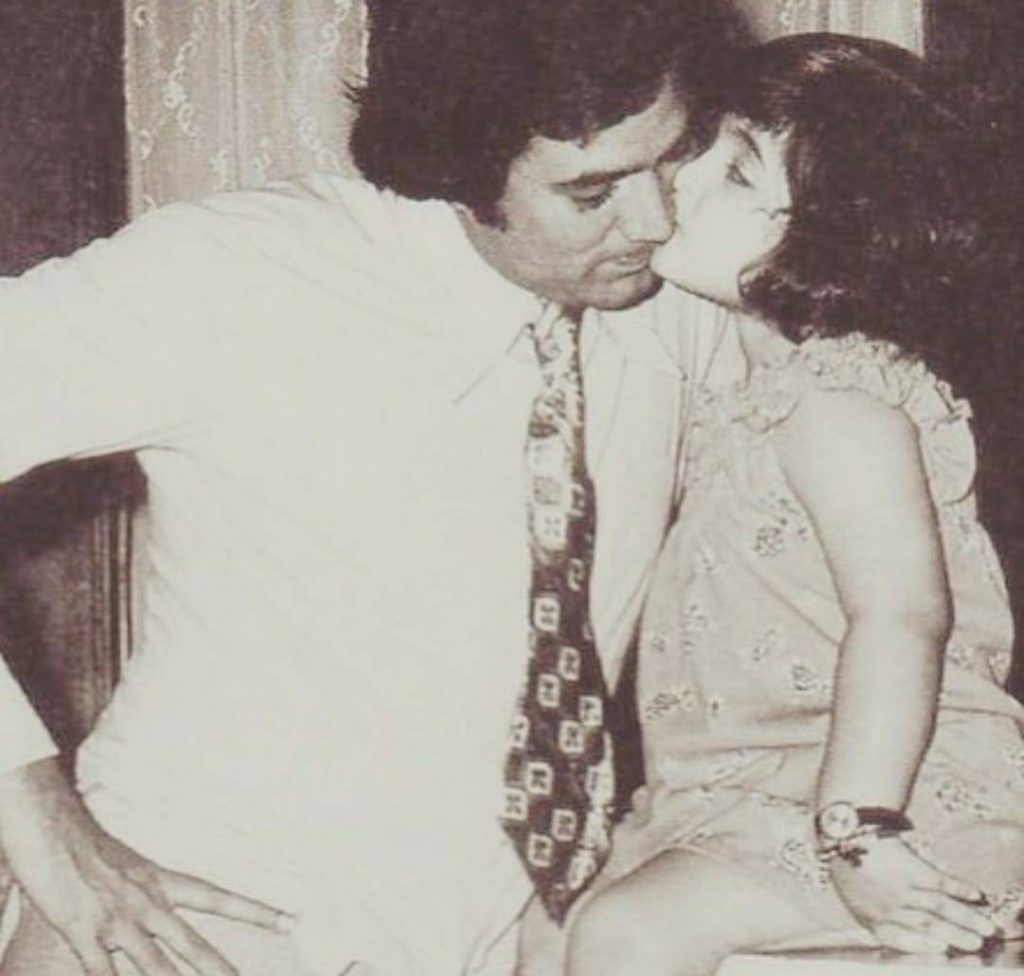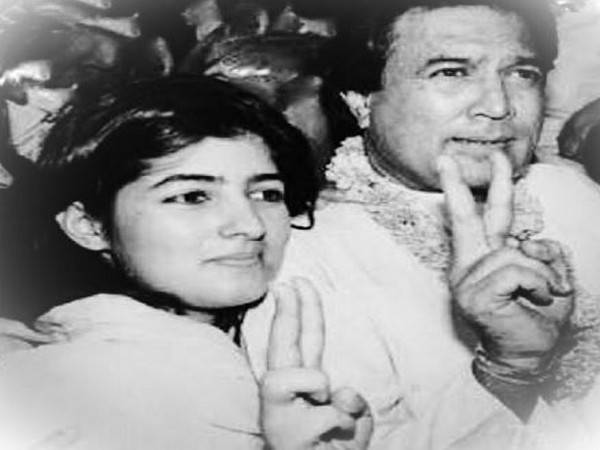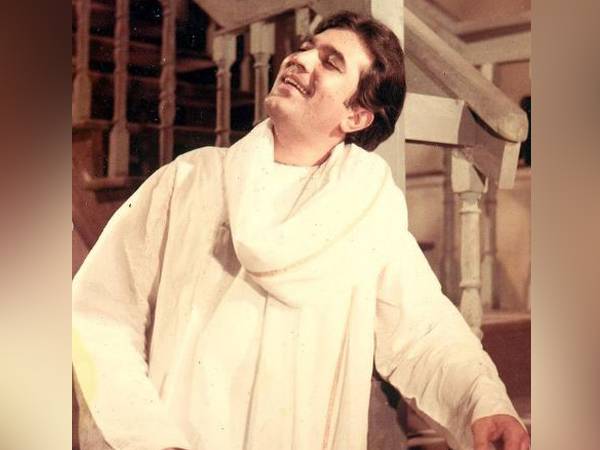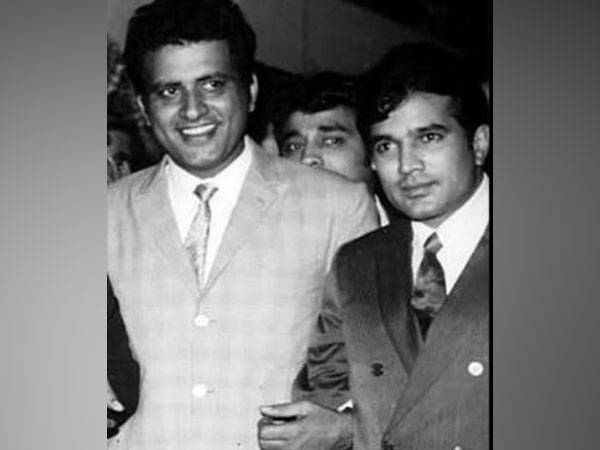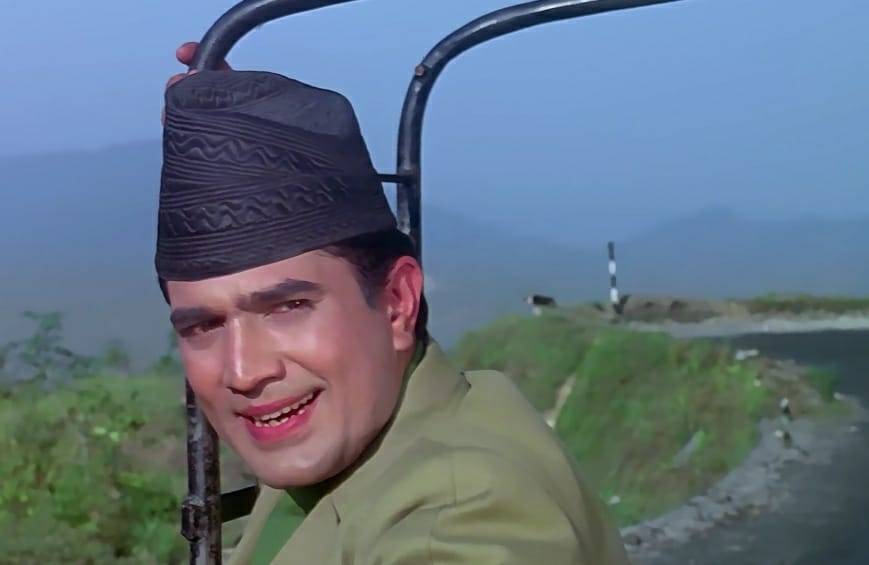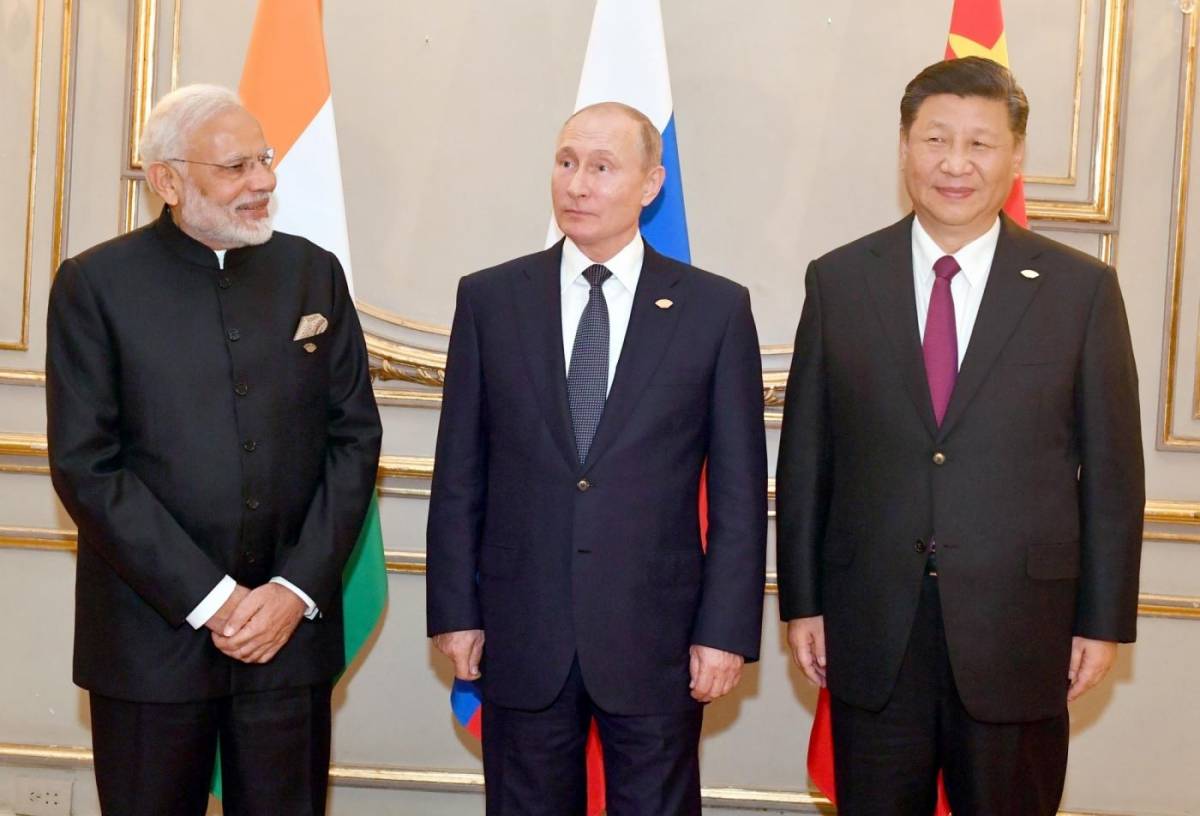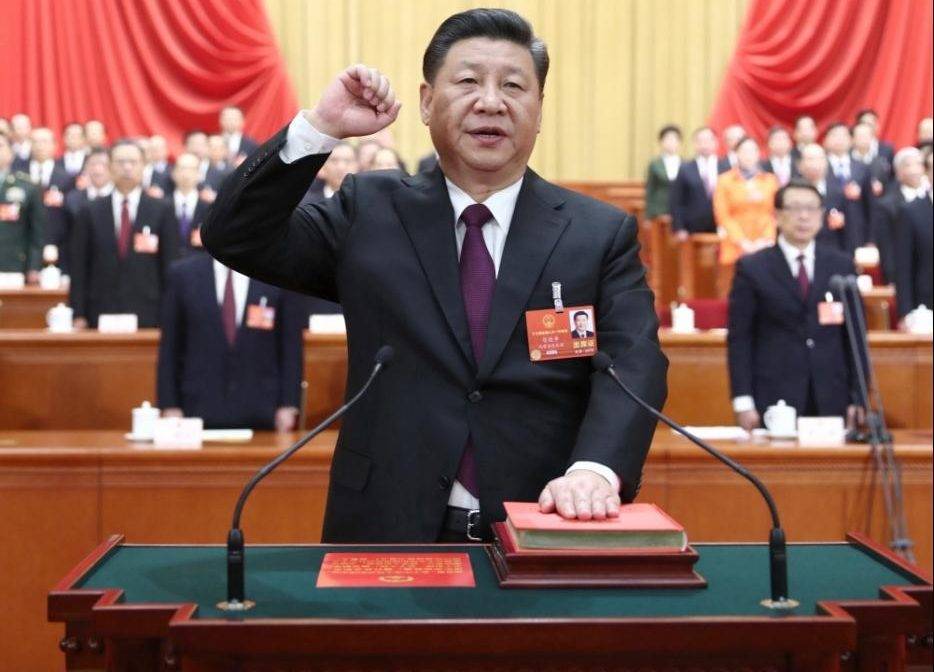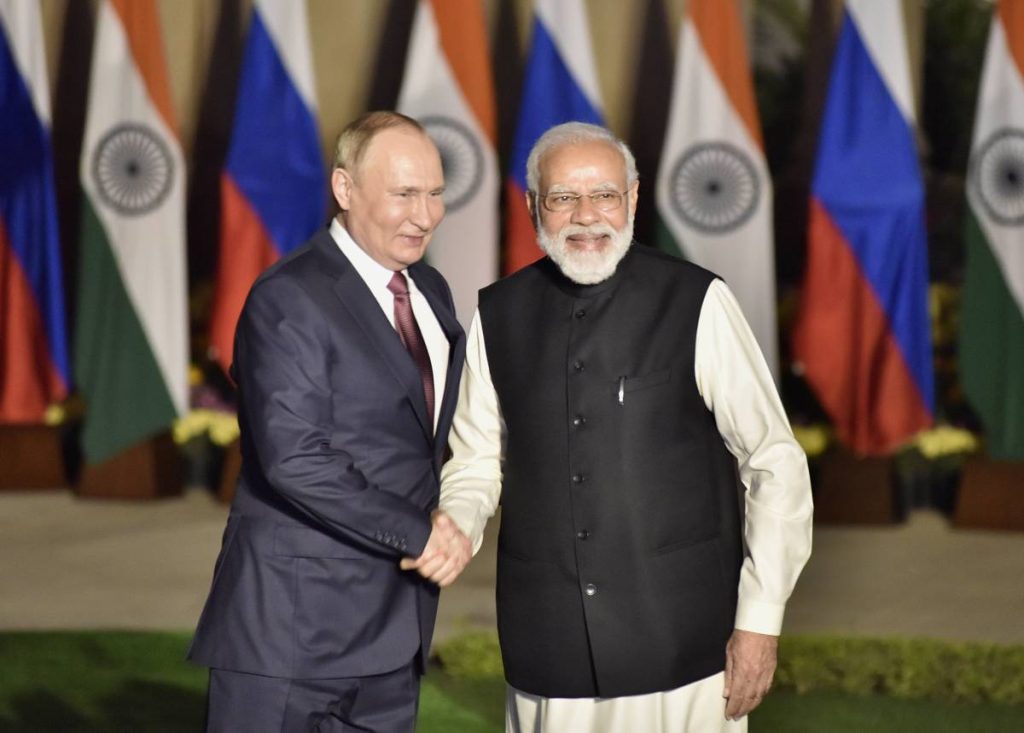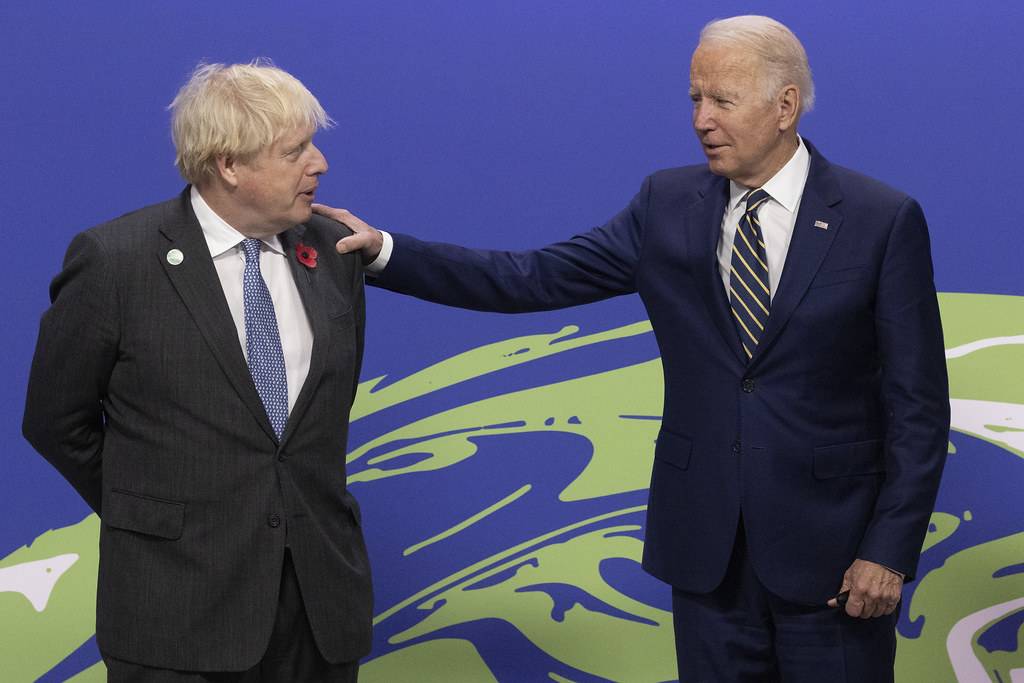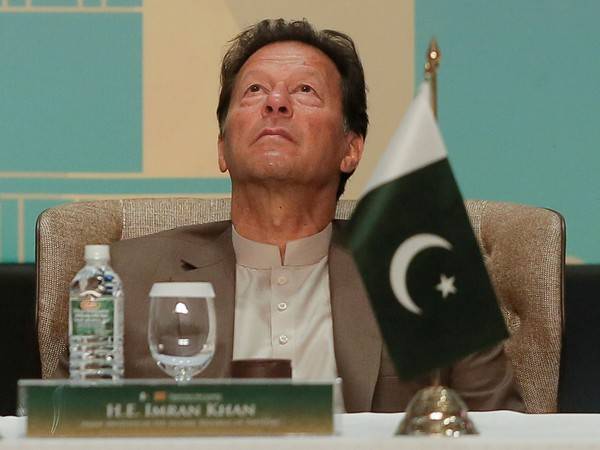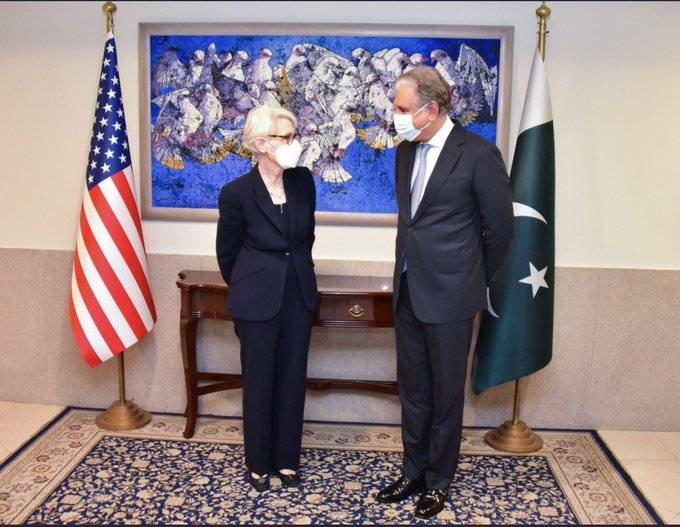In a few weeks the uproar over Abu Akleh’s killing will die down. But the reality for the Palestinians will not change. Hundreds of Abu Aklehs will be killed and injured as has been the case for decades. And again the West will look the other way. Israel knows this and the sad fact of life is that Israel is right in believing so …. Writes Osama Al Sharif
Two weeks after the cold-blooded murder of veteran Palestinian journalist Shireen Abu Akleh in Jenin in the occupied West Bank her killers remain at large. Since her killing, which was caught on camera for the whole world to see, at least two Palestinian youths have been murdered by the Israeli occupation forces. In fact, in Jenin only 20 Palestinians have been killed by Israel since the beginning of 2022; 42 in the last two years.
So far Israel has refused to launch an inquiry into Abu Akleh’s death, which the Palestinians and many eyewitnesses blame Israel for. The UN, the EU, the US and many international organizations like Human Rights Watch and Reporters without Borders have all called for an independent probe into the killing of the 51-year-old American citizen. Israel is coming under pressure to investigate the death and allow others to look into her murder. But the right-wing Israeli Prime Minister, Naftali Bennett, is unrelenting even as his shaky coalition is about to be voted out of power.
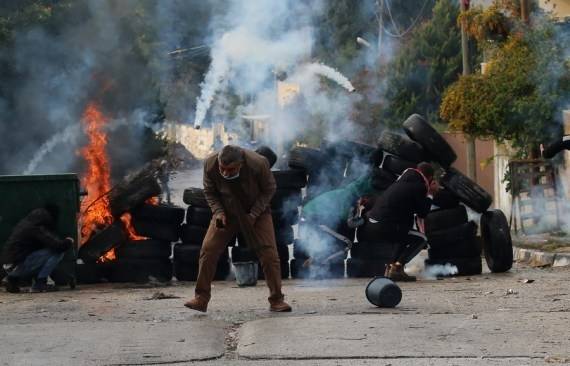
But despite the tragic death of Abu Akleh and the unprecedented global backlash, one cannot but underline the fact that, once more, the West is applying double standards when dealing with anything that has to do with Israel and its decades-long brutal occupation of Palestine.
Immediately following the gunning down of Abu Akleh, many mainstream western media obfuscated the facts by choosing neutral words when reporting the crime. The New York Times shamefully wrote: Abu Akleh “dies at the age of 51” while others ignored the fact that the only armed force in the area were Israeli soldiers. During her funeral, heavily armed Israeli police stormed the hospital where her coffin was about to be moved to the cemetery and attacked the pallbearers and mourners on live TV. The hesitant western media talked about “violence” and “clashes” erupting at the funeral. Again there was no pointing the finger at Israel and her brutal treatment of Palestinians under occupation.
But even then, and as politicians and international organisations condemned the killing and the attack on the mourners, few dared to speak about the larger picture; that in effect it is not the killing of Abu Akleh that was the issue but the vile Israeli occupation.
Abu Akleh was not the first journalist to have been killed by Israeli occupation forces in the last two decades. According to independent figures more than 50 journalists, the majority Palestinians, have been gunned down by Israeli soldiers since 2000. And like Abu Akleh’s documented murder, there is plenty of evidence implicating Israel in almost all of these deliberate killings. In a handful of cases, Israel promised to carry out an investigation and in almost all, there was no culpability.
Abu Akleh was a high profile journalist; a household name for millions and an American citizen. Her murder had shocked the world and elicited an unexpected backlash. But the stark irony is that Abu Akleh had covered the occupied territories for almost 25 years and in the process reported on tens of extrajudicial killings by Israel of Palestinians; the majority of whom were unarmed civilians. Not once had the West moved to push for independent probes or to hold Israel responsible. The fact that the entire occupation of the West Bank is illegal under international law is notwithstanding.
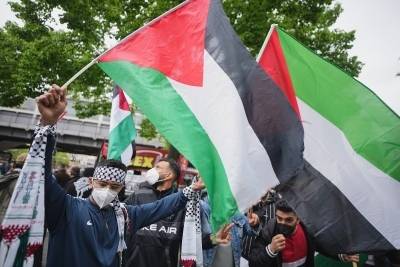
Less than two weeks after Abu Akleh was killed, Israeli forces stormed the Jenin refugee camp for the umpteenth time. On 21 May and in a morning raid they killed 17-year-old Amajd Al-Fayyed, who was reportedly shot 12 times. No one in the West is going to condemn his murder or call for a probe. His wanton death was not going to be reported by the western mainstream media as well. He is just a statistic in a never ending register of Palestinian casualties who succumbed in “clashes”. No one in the western media is going to do a human interest story about who Amjad was, what he dreamt of, or how his bereaved mother and siblings feel. No one is going to ask why he was killed and if his killers are ever going to face justice.
The killing of Abu Akleh has embarrassed Israel, if only for a fleeting moment. If worse comes to worse and if the US puts pressure on Israel an internal probe may be conducted and the final reports will come up with flimsy excuses for her death. That will be that.
But the real story is not about Abu Akleh. She never thought that she would be the news. Her life was dedicated to covering the plight of her people. That remains the story—the only unfolding story.
In Israel itself voices were raised that the Jewish state had lost the battle for public opinion. Israel was being lambasted not in the mainstream media but on social media platforms. Millions, from all over the world, told the story as it really is; about a brutal occupation that has dehumanized the Palestinians in every way, both Muslims and Christians. The story was about Israel that is above the law, unaccountable for its breaches of international laws and conventions and one that continues to carry out its crimes with impunity.
In a few weeks the uproar over Abu Akleh’s killing will die down. But the reality for the Palestinians will not change. Hundreds of Abu Aklehs will be killed and injured as has been the case for decades. And again the West will look the other way. Israel knows this and the sad fact of life is that Israel is right in believing so.
(Osama Al Sharif is a journalist and political commentator based in Amman)
